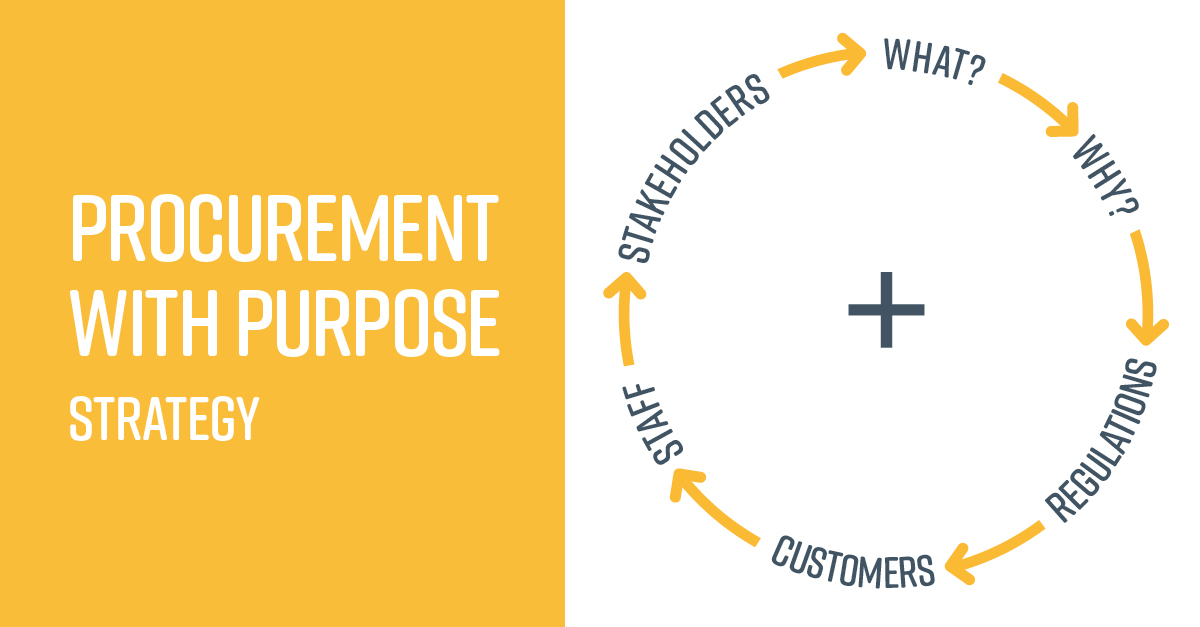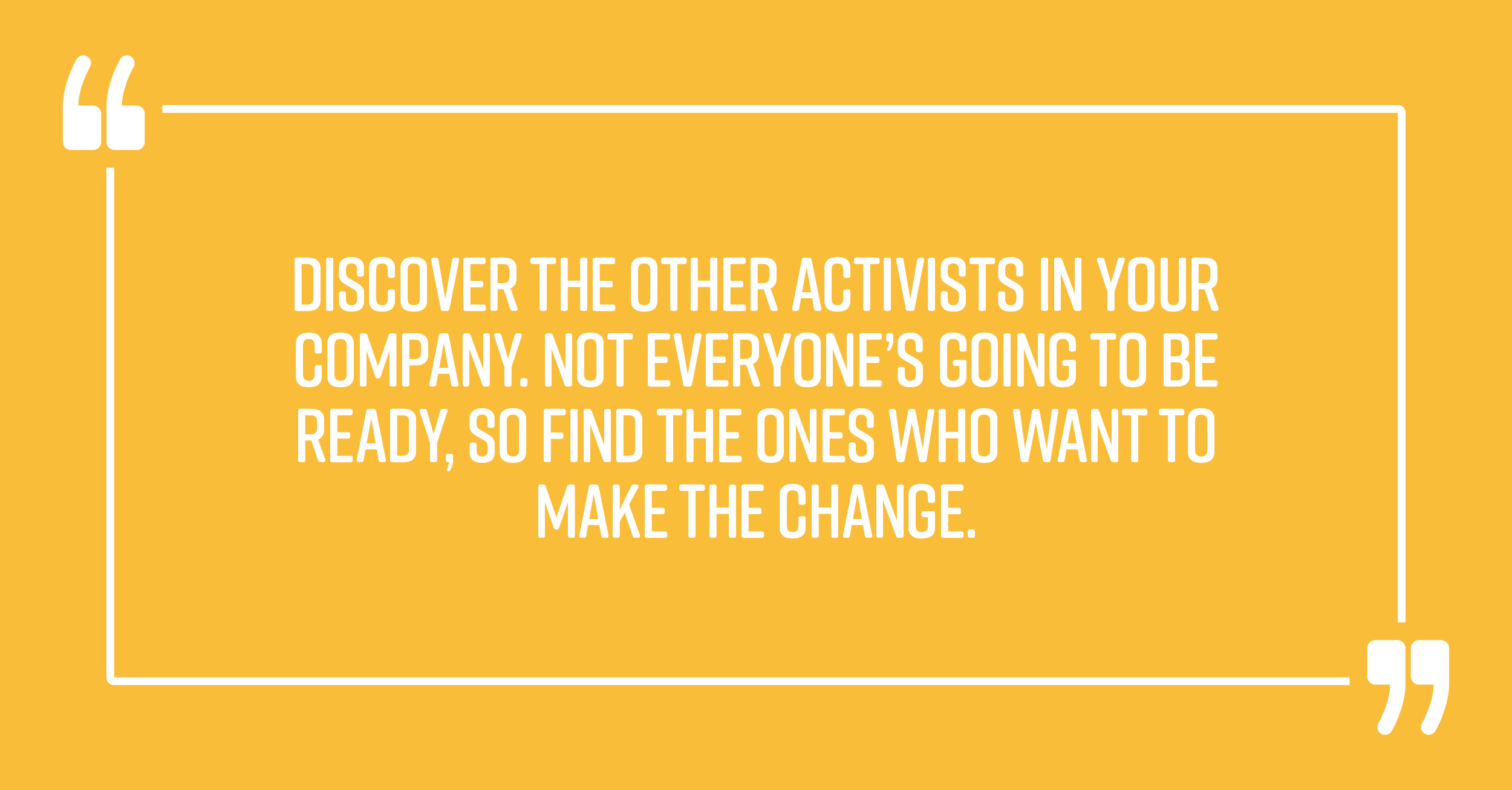In the second of two guest blogs on the subject, procurement gurus, Mark Perera, and Peter Smith, consider whether we are ready for procurement with purpose and what we need to do to get started.
Why should we begin to consider procurement with purpose?
Mark:
Frankly, how our generation and the one before have run their lives, consumed goods and travelled hasn’t done the world much good.
Take a look at climate change. If we don’t act in this decade, if multinationals don’t change and actually make the difference in terms of carbon, water and forestry, there’s not going to be a great planet for our kids and their kids in the future.
That’s a key reason why the change has to come.
Are procurement functions ready?
Peter:
Put simply, it varies between organizations. Those that have been doing this for some time have developed skills and recruited people who are passionate about this agenda. We are learning as a profession.
As companies develop more skills and knowledge, external support is emerging, as well as a network of practitioners, such as the Sustainable Procurement Pledge.
Because they tend not to see this as a matter of competitive advantage, companies are willing to share knowledge and information, perhaps more than on other topics. So, if you’re not sure that you know enough, get out there and talk to people!
Mark:
They are learning as they make the journey to hitting these goals. The great thing is that people are willing to share.
Your organization needs to say, ‘This is our purpose and we want you to come on the journey. This is what we’re expecting from our suppliers. And we want you to help make the change.’ That can’t just come from a category manager talking to an account manager – it needs to be a consistent message from the leadership of the buying organization that involves supplier education and recognition in order to hit these targets and put these programs in place.
Where do we start?
Peter:
It’s a cliché, but it’s true. You need a strategy. Get together a group of senior people from the organization and ask, ‘What are we trying to achieve? Why do we want to do this? Are we just trying to make sure we adhere to the regulations? Or do we have stakeholders beyond the regulators for whom this matters? Is this something that’s going to help us with our customers or consumers? Are we getting a big push from our staff? What do the stakeholders want us to do?

Next, think about, ‘What could we do? Where can we make an impact? And where is it practical to act?’
You might think that getting rid of all plastic use would have a huge impact. But if that’s going to be impossible, then that would be a pretty daft immediate objective.
Instead, look at the areas where you can have a real impact, where you can do something practical that matters to your stakeholders and makes a difference relatively quickly.
Come up with your priority list and say, ‘These are going to be our initiatives. These are the priorities. Now let’s think about how we actually implement it.’ It sounds very simple and straightforward, which of course it isn’t, but that’s the process.
Mark:
I would go straight to the annual and sustainability reports, look at the science-based targets and start from there. After all, that’s already a commitment of the organization. And then, if there hasn’t been a heat map of carbon around suppliers, I’d get that done first.
What about competitive advantage?
Peter:
If you’re in a consumer goods firm and you and your supplier invent some amazing compostable packaging, you’re probably not going to share it immediately. You’d have first mover advantage and then your packaging supplier may want to sell it to others. You have that advantage initially, but the market will catch up.
Mark:
The term I’d use is sustainable growth. It’s not just profit for any sake. It’s important that executives have full accountability for these targets. They should sit with the CEO, the directors and the boards of these companies.
The boards are accountable. That’s the good thing. And competitor advantage allows you to carry on trading and stay ahead of the game. Whether it’s your consumers who are calling for purpose-led, environmentally friendly or ethical products, it’s about sustainable growth and staying relevant in today’s customer market.
What is the biggest threat to this?
Peter:
Global political and economic events could push this agenda back again. It could be anything from large-scale conflict to huge economic issues. We’re already seeing it with the price of gas in the UK. Of course, you could argue that it’s good from a climate change point of view, but it doesn’t feel very comfortable on the ground.
Mark:
Complacency is the biggest threat we have. We’re already 18% through the decade. We need to get on with it. We need to see activities. We need to see the buzz from the bottom about how things are changing with the supply base.
What’s the boldest thing a procurement function can do to drive change?
Mark:
There are ambitious goals out there. It’s about changing from 10% or 5% efficiencies to ‘10 x thinking’. Then, how do you step up to allow the people in your organization to own the challenge? The younger people in your business may already be purpose-led, but this must be across your organization and suppliers.
Be open about the challenge. Get these ideas through to create momentum and buzz within your business and the supply chain and recognize those individuals who are stepping up.
Peter:
Put sustainability or procurement with purpose measures in the objectives of everybody in the procurement function. If they have bonuses related to objectives, make sure a considerable percentage is linked to that. Include it within the interview criteria for new recruits.
How do we start to create purpose?
Mark:
Quite simply, read the sustainability and annual reports for your company. Understand the business strategy, what its commitments are and where it is in terms of its journey. Pick up the science-based target – hopefully you’ve got one – and stick it on your monitor screen.
Finally, discover the other activists in your company. Not everyone’s going to be ready, so find the ones who want to make the change, wherever they are in the business. Make friends of the people who believe that change can happen.
And then it will happen.

Mark Perera was one of the founders of Procurement Leaders in 2004 and is now CEO of Vizibl, a digital platform that helps drive collaboration, innovation and sustainability with supplier relationships.
With more than 35 years’ experience in procurement and supply chain as a procurement director, consultant, analyst and writer, Peter Smith is recognized as one of the UK’s leading experts in public and private sector procurement performance improvement. He is also the Managing Director of Procurement Excellence and author of the book, Bad Buying.
“Procurement With Purpose” by Peter Smith and Mark Perera is published by Brown Dog Books.


